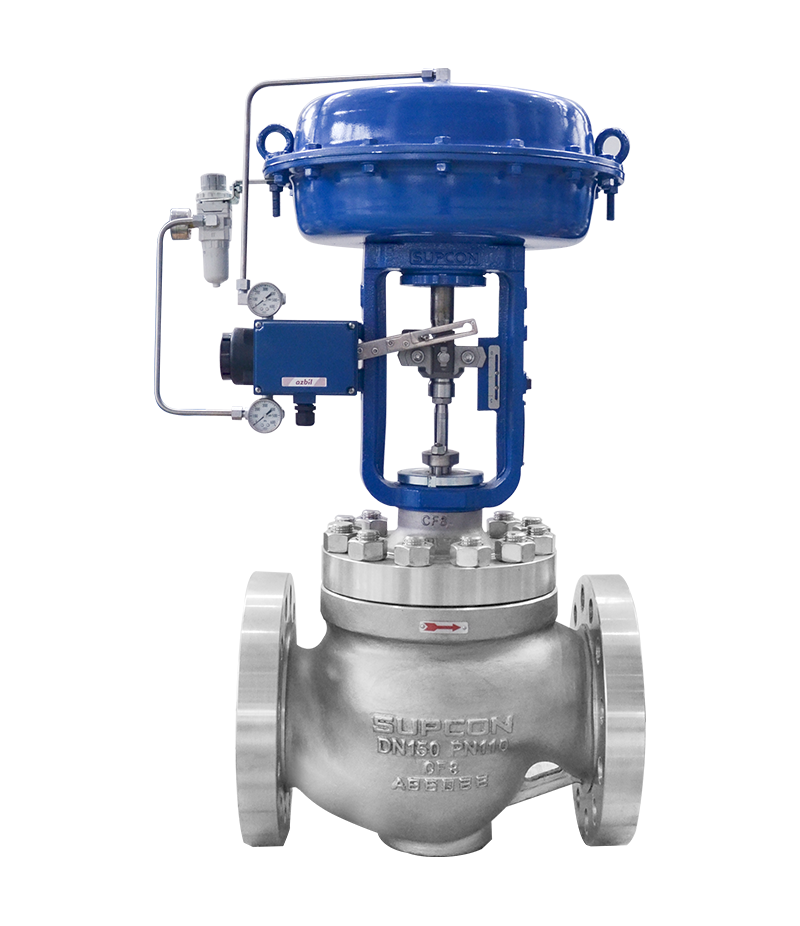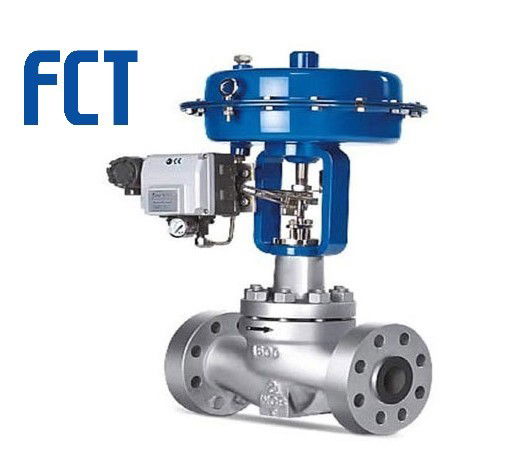How Control Valves Effect Power Performance in Industrial Settings
How Control Valves Effect Power Performance in Industrial Settings
Blog Article
Achieve Seamless Integration and Control With Top Quality Structure Automation Controls
In the realm of modern structure administration, the relevance of quality building automation controls can not be overemphasized. As innovation proceeds to advancement, the integration and control of numerous systems within a building have actually developed to be much more sophisticated and reliable. The seamless procedure and tracking of lighting, A/C, protection, and other structure features have actually ended up being paramount for enhancing owner comfort, power effectiveness, and general functional effectiveness. Nonetheless, the journey in the direction of achieving real combination and control is a diverse one, with factors to consider ranging from system compatibility to cybersecurity. Embracing top quality building automation controls is not simply an issue of ease however a critical essential for organizations intending to optimize their facilities' performance and sustainability.

Evolution of Building Automation Controls
Throughout the previous few years, the evolution of building automation controls has actually substantially changed the method buildings are managed and run. Constructing automation systems mostly concentrated on basic functions such as regulating home heating, air flow, and air conditioning (A/C) systems. As modern technology advanced, these controls have ended up being extra innovative, permitting for a wider array of building systems to be incorporated and taken care of centrally.
The development of developing automation controls has seen a shift towards even more smart systems that can adjust to transforming problems in real-time. This adaptability is vital for maximizing power effectiveness and guaranteeing resident comfort. Furthermore, modern building automation controls now provide functions such as predictive maintenance, remote monitoring, and data analytics, enabling center supervisors to make data-driven choices to boost structure performance.

Benefits of High Quality Integration
The advancement in building automation regulates towards even more smart systems has actually underscored the considerable benefits of high quality assimilation in optimizing structure operations and enhancing general effectiveness. This central control also supplies much better exposure and understandings right into structure efficiency, enabling proactive maintenance and optimization techniques. On the whole, the advantages of quality combination in building automation controls are indisputable, providing raised performance, convenience, and functional performance.
Boosted User Experience and Ease Of Access
Enhancing user interaction with building automation controls through intuitive layout and improved availability raises the overall experience for occupants and center supervisors alike. By concentrating on customer experience, developing automation systems can end up being a lot more easy to use and effective. User-friendly interfaces, clear navigation, and personalized setups equip customers to interact with the controls quickly and effectively.
Ease of access features play a vital function in ensuring that all individuals, consisting of those with impairments, can utilize the structure automation regulates effortlessly. Incorporating attributes such as voice commands, tactile buttons, and color-contrasted displays can improve ease of access and make the controls extra inclusive.
Additionally, enhanced user experience causes higher user satisfaction, enhanced efficiency, and much better decision-making. Residents can adjust ecological settings according to their choices, while facility managers can successfully take care of and monitor structure systems - control valves. In general, focusing on user experience and availability in building automation regulates contributes to a much more productive and seamless building atmosphere for all stakeholders entailed
Sustainable Practices Via Automation

Furthermore, automation can facilitate the integration of renewable resource sources such as photovoltaic panels or wind generators right into structure procedures. By immediately readjusting power use based upon the availability of eco-friendly energy, structures can even more lower their reliance on non-renewable sources. This smooth combination of lasting techniques not only benefits the environment however also enhances the overall operational effectiveness and cost-effectiveness of the building. Through automation, structures can line up with modern-day sustainability goals and add to a greener future.
Future Trends in Structure Control Systems
In expectancy of evolving and advancing technologies sustainability methods, the trajectory of building control systems is poised to embrace cutting-edge solutions and transformative strategies. One prominent pattern shaping the future of building control systems is the increased assimilation of Artificial Knowledge (AI) and artificial intelligence. These innovations allow buildings to adjust in real-time to transforming conditions, maximizing energy intake and boosting convenience for residents. In addition, the Net of Points (IoT) is reinventing building control systems by attaching gadgets and sensors to improve and simplify operations performance.
One more vital pattern is the focus on cybersecurity steps to protect against possible risks to constructing automation systems. As buildings end up being a lot check it out more interconnected, making certain robust cybersecurity procedures will certainly be vital to protect delicate data and avoid unapproved accessibility.
Furthermore, the change towards cloud-based platforms is obtaining energy, enabling systematized control and remote accessibility to structure systems. This Check This Out facilitates much easier surveillance, upkeep, and updates, improving the total performance and flexibility of building control systems. As modern technology continues to development, these fads are anticipated to form the future landscape of structure automation controls, driving innovation and sustainability in the built setting.
Verdict
Future patterns in structure control systems are most likely to focus on further improving automation abilities for improved power effectiveness and overall efficiency. It is crucial for structure owners and operators to focus on the fostering of high quality building automation regulates to maximize building procedures and attain long-term sustainability objectives.
In the realm of modern-day building monitoring, the value of high quality structure automation controls can not be overstated. Generally, the evolution of structure automation manages proceeds to drive development in the structure administration sector, offering new opportunities for creating smarter and more sustainable buildings.
The improvement in structure automation controls in the direction of even more intelligent systems has actually emphasized the substantial advantages of high quality assimilation in enhancing structure procedures and improving total effectiveness. On site here the whole, prioritizing individual experience and ease of access in structure automation controls contributes to a more efficient and smooth building environment for all stakeholders involved.
It is important for structure proprietors and drivers to focus on the fostering of top quality building automation regulates to enhance structure procedures and attain long-term sustainability objectives. - control valves
Report this page